2313 Carrington was my very first historic tax credit renovation project. And, man, it was a challenge! This home was originally built circa 1880 as a four-bay Italianate double-house (AKA duplex) in the historic Union Hill neighborhood of Richmond, Virginia. It had long been neglected, and it was in a pretty sad state when we decided to tackle it. I’m excited to reveal the before and after photos to you! But, first let’s talk a bit about historic home renovation.

So Why Historic Home Renovation?
Restoring historic homes is a way to connect the past with the present and future generations. Imagine your town with zero historic buildings or homes. Doesn’t that make you a little sad? Historically, architecture and design was super detail-focused. Little things from dental molding to intricate scroll work on stair balusters to leaded paned glass transoms – no detail was too small to consider.
In modern architecture, we’re all about the clean lines and sleek surfaces. And I love that, too! But there is just something about the character of historic homes that feels warm and inviting. They endear our past to us (the good, the bad and the ugly) and preserve our heritage and culture. I think it’s important to have a healthy bit of the old with all the new in our cities and towns.
Restoring historic homes is also a sustainable way to offer housing and business spaces in communities. So many resources and materials are needed to tear down a historic home and then completely build a newer structure. We can save our resources, reduce our carbon footprint and waste less when we restore historic properties. And finally, another reason historic home renovation is worth considering is the tax credits and grants available for restoring historic homes. More on that in a second!
On the other hand, restoring historic homes is challenging for several reasons:
- There are so. many. historic home renovation rules! And there isn’t much wiggle room. Most towns have historic preservation boards or committees that must approve all plans for the renovation project.
- You never know what not-so-fun surprises will pop up in the demo phase.
- You need to have an understanding of the home’s history and the era in which it was built. Do your research or hire a consultant that really knows their stuff!
- Considering the home’s original features, materials and building methods is essential.
- Creativity is the key to restoring the home’s original character but also adding modern upgrades and amenities.
- Navigating the historic home renovation tax credit process can be a little daunting (but worth it!).
Historic Home Renovation: Exterior Before & After
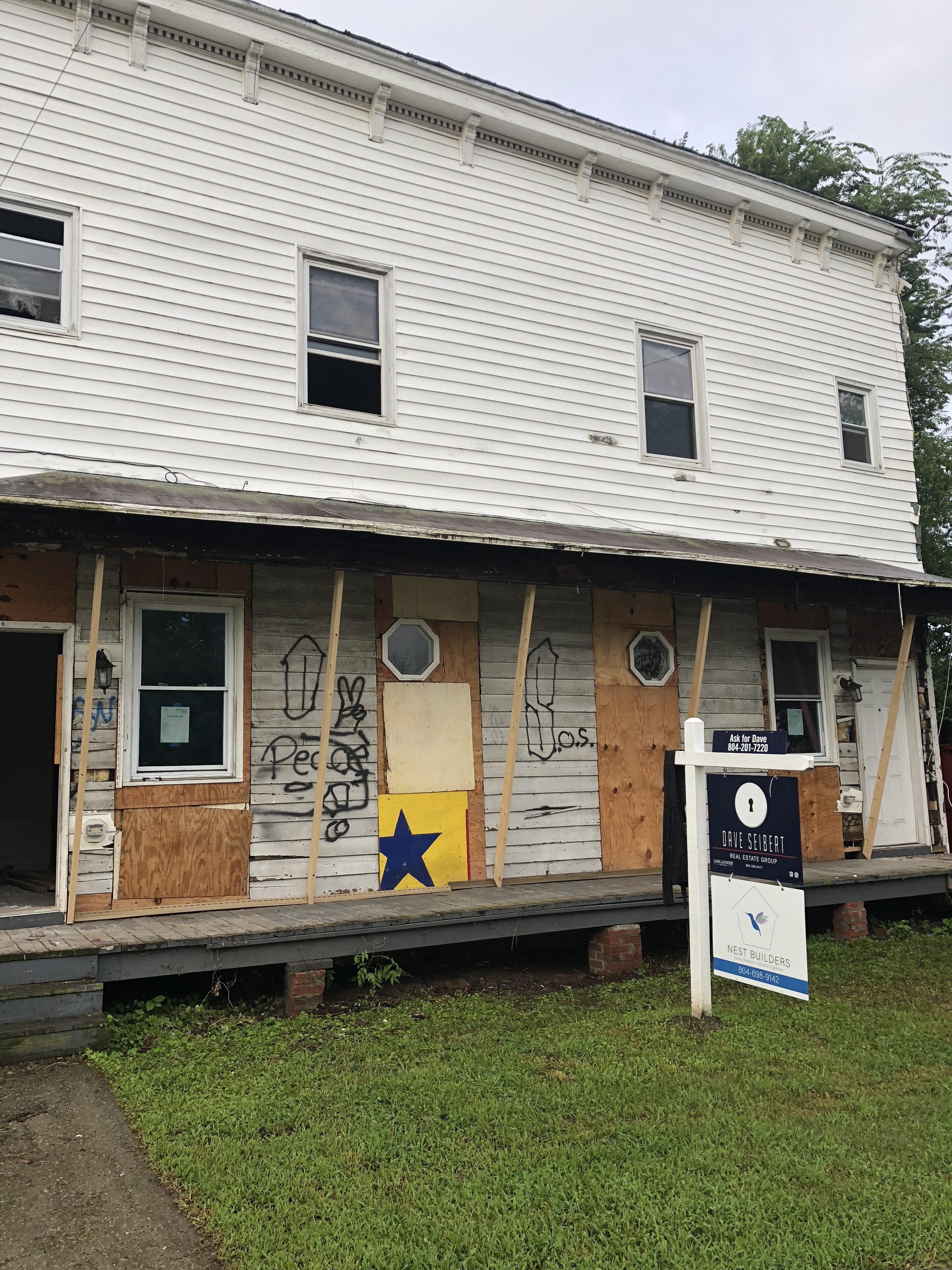
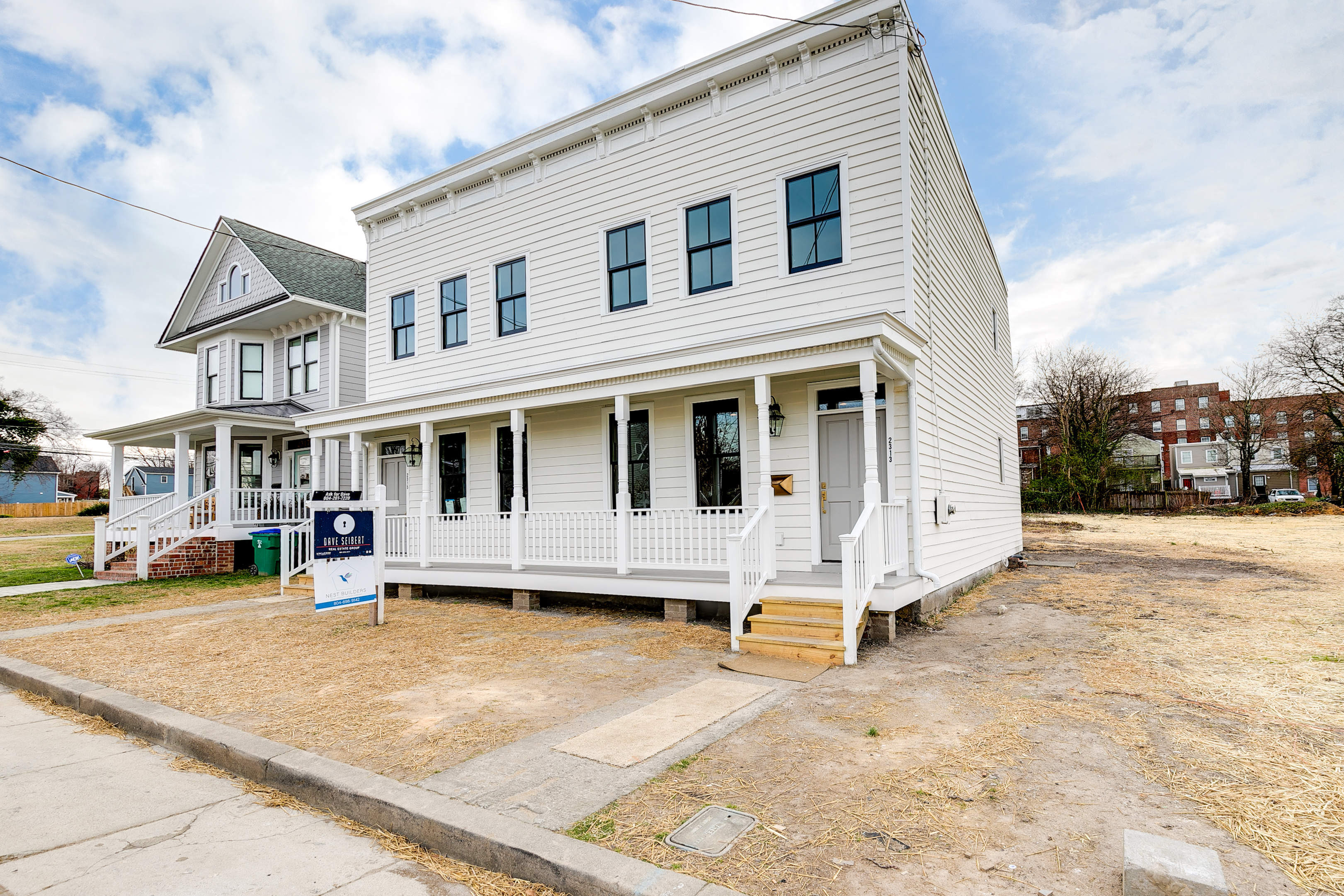
What is a historic home renovation tax credit?
The federal government and most states offer tax credits to individuals and businesses restoring historic properties. There are different rules regarding eligibility for the tax credit on the federal versus state level. State rules differ from one to the other as well. Federally, the tax credit is only applicable to income-producing properties. But in Virginia, income-producing and owner-occupied properties qualify. Other rules of eligibility will determine if you can apply for both the federal and your state’s tax credit. To learn more about the Federal Historic Tax Credit (HTC), visit this basic article on the IRS website.
For Virginia, the steps to apply and rules regarding the tax credit are outlined on the Virginia Department of Historic Resources website. Everything from the steps to apply for the credit, what properties are eligible, how much you have to spend to receive credits and more are clearly outlined. And most importantly, to be eligible for historic tax credits, you have to renovate the home using materials that are like-kind to what the house was originally built with.
For instance, we had to rip off the vinyl siding that was added at some point in time and replace and/or repair the original wooden weatherboard siding. Wood windows were installed instead of today’s typical material – vinyl. We researched the 1880 characteristics of the home, and put in interior trim, moldings and baseboard that would be the same trim that you would see in a house built in the same timeframe. We preserved and restored the original pine floors throughout the home instead of replacing with newer materials. It was also important for us to keep the original floor plan to stay true to the original design of the home.
It was challenging but incredibly rewarding. And I love how it all turned out! Scroll down to see more of the before and after photos!
Xx, Amanda
Historic Home Renovation: Kitchen Before & After
Before the kitchen was bland and blah, but after you have modern updates that are stylish and sleek but still true to the original character of the home. The window and door trim are a perfect example of how we had to match the original 1880s home features.
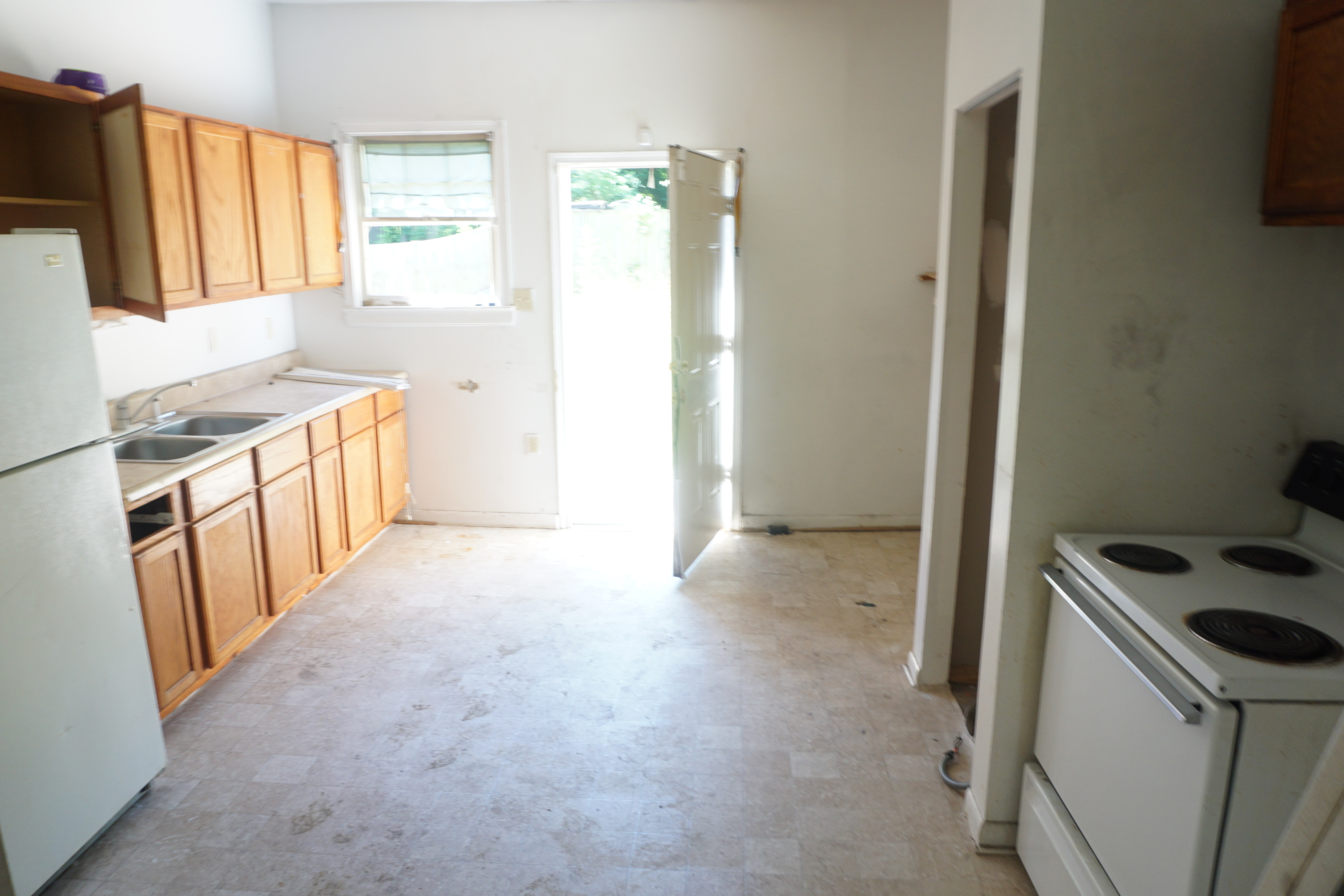

Historic Home Renovation: Living Room Before & After
In the living room, you can again see how we matched the original trim and how we patched the floor with the same type of pine plank used in the 1880s. I also love how we restored the original staircase newel posts and balusters!
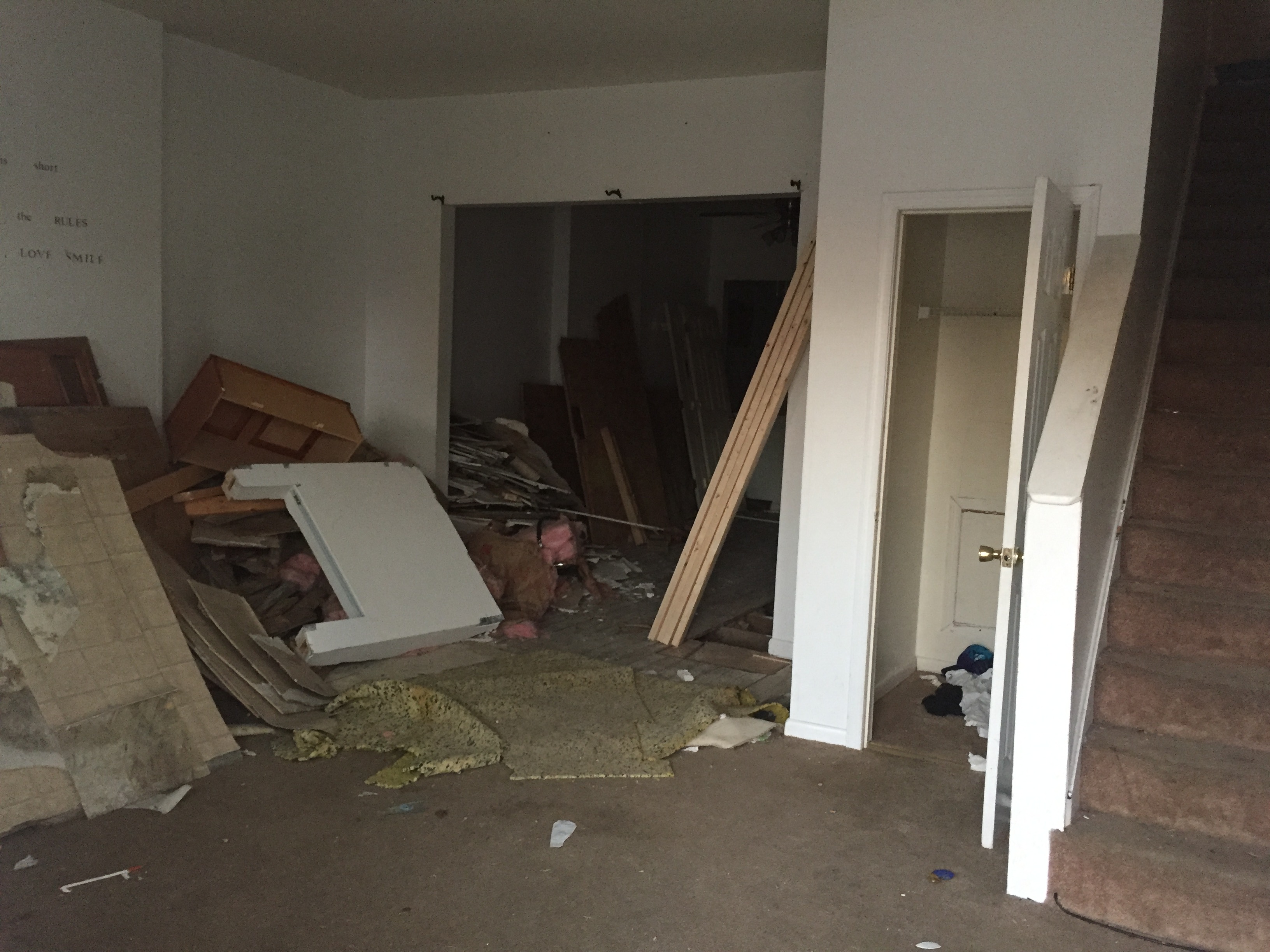
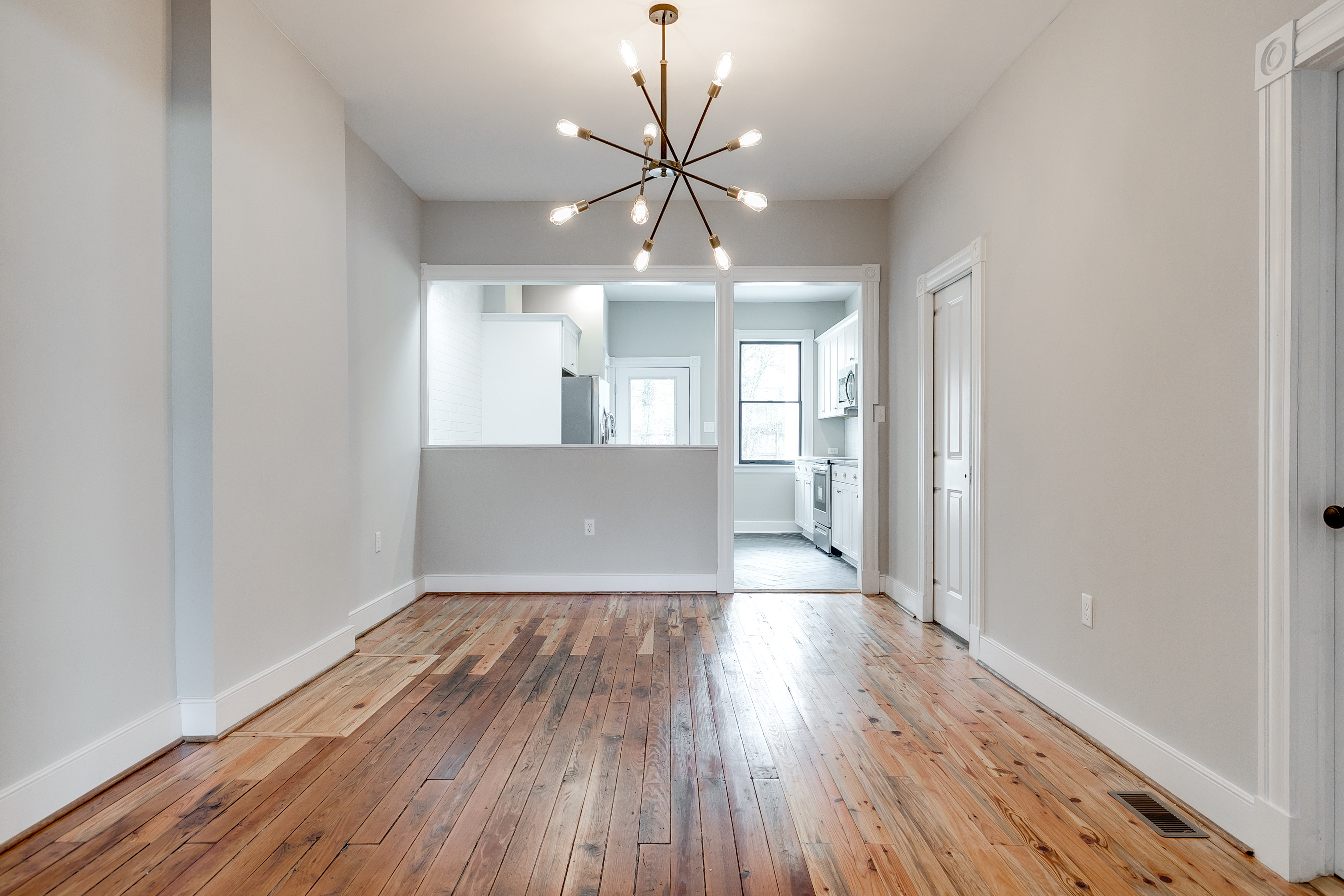
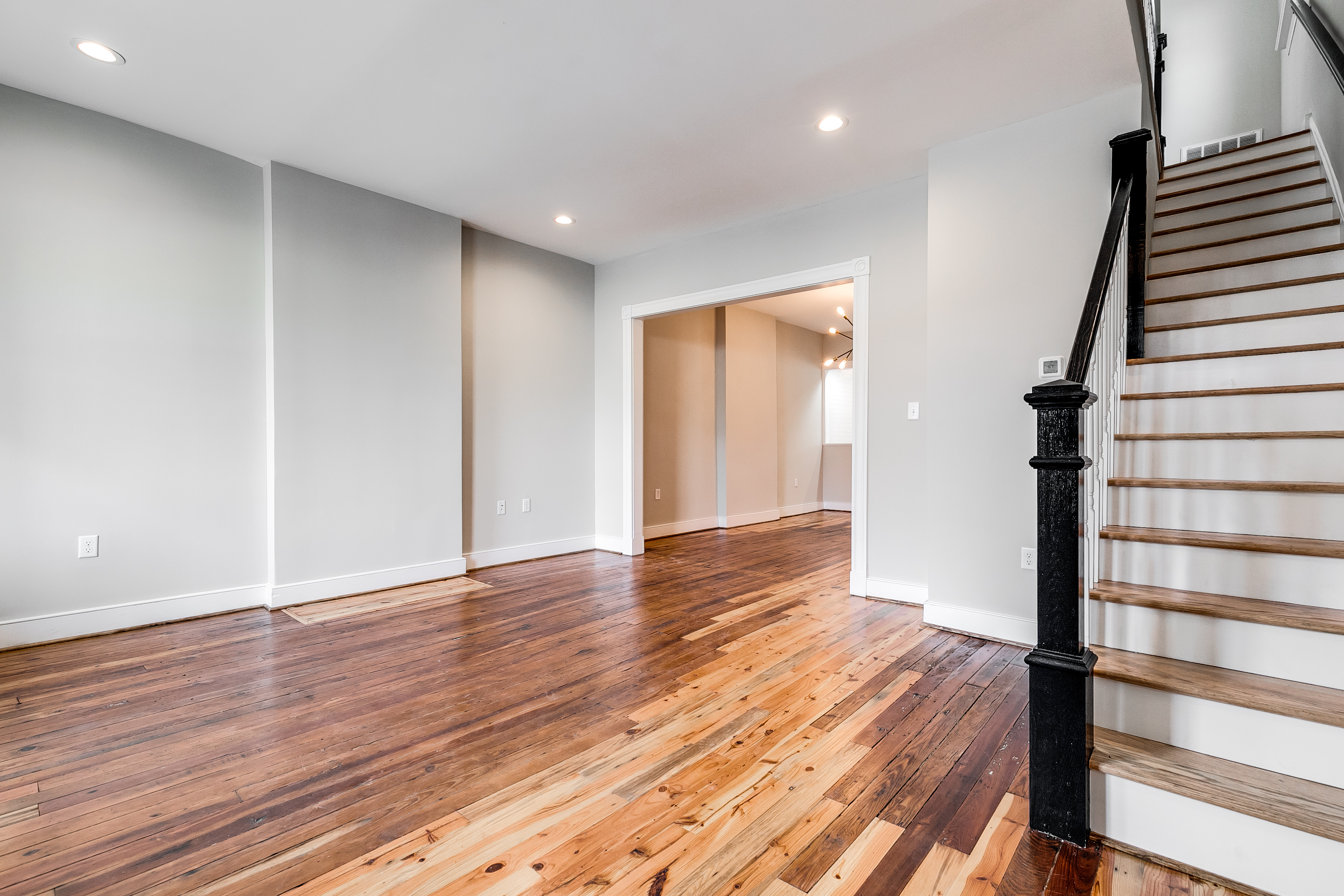
Historic Home Renovation: Bathroom Before & After
The bathroom had been “updated” (poorly!) over the years, and we worked to bring back its original charm.

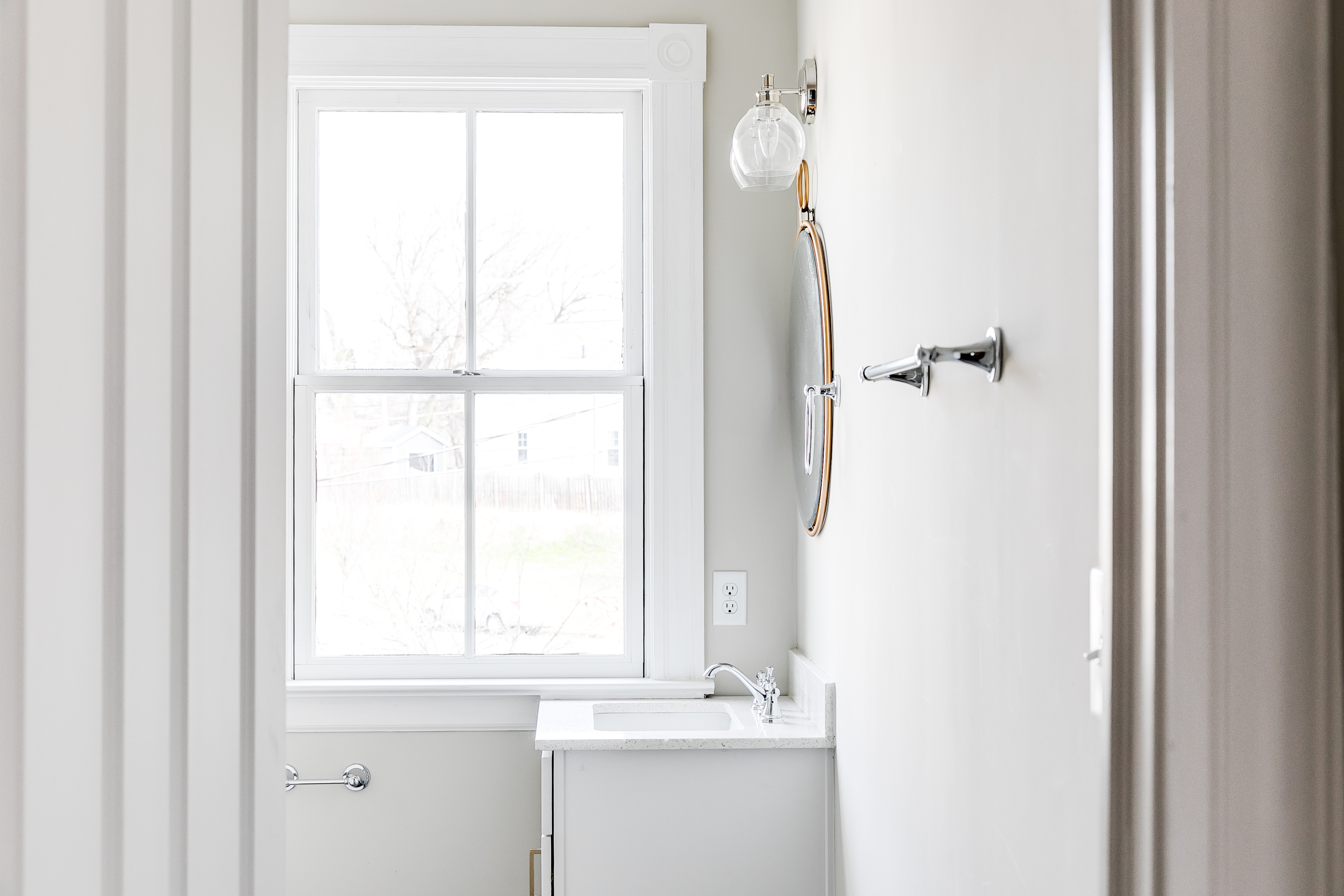
While this project was challenging at times, it might be one of my favorites to date! It felt super rewarding to bring this oldie but goodie back to life. And utilizing Virginia’s Historic Rehabilitation Tax Credit made it all the more rewarding! If you ever have the chance to restore and rehabilitate a historic property, I would say go for it. But, jump in with eyes wide open knowing all the rules and regulations. And consider that hiccups will happen along the way. You won’t regret bringing a bit of history back to life. In the end historic home renovation will be worth it.
To see more about the process of restoring this home, you can check out the 2313 Carrington highlight on my Instagram profile. I’m always happy to answer questions if you have any!
Xx, Amanda
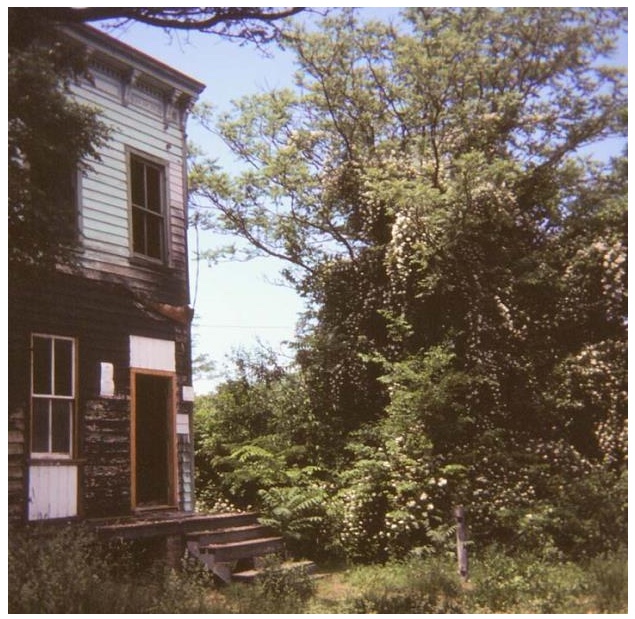

share this post